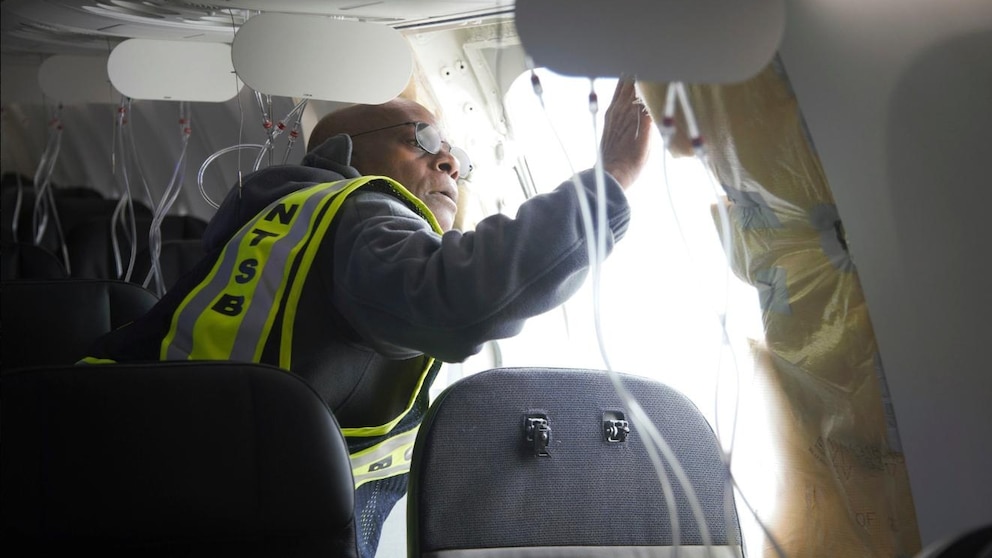Recent Crashes and Safety Issues Involving Boeing Aircraft: An Examination
Boeing, one of the world’s leading aircraft manufacturers, has been in the spotlight in recent years due to a series of crashes and safety concerns involving their aircraft. These incidents have raised questions about the safety of Boeing planes and have led to investigations, regulatory scrutiny, and a significant impact on the company’s reputation. In this article, we will examine some of the recent crashes and safety issues involving Boeing aircraft and explore the steps taken to address these concerns.
One of the most notable incidents involving Boeing aircraft is the crash of Lion Air Flight 610 in October 2018. The Boeing 737 MAX 8 aircraft crashed shortly after takeoff, resulting in the loss of all 189 passengers and crew on board. The investigation into the crash revealed that a faulty sensor caused an automated system known as the Maneuvering Characteristics Augmentation System (MCAS) to repeatedly push the nose of the plane down, overriding the pilots’ attempts to regain control. This incident raised concerns about the design of the MCAS system and its potential for catastrophic consequences.
Another significant crash involving a Boeing aircraft occurred in March 2019 when Ethiopian Airlines Flight 302, also a Boeing 737 MAX 8, crashed shortly after takeoff, killing all 157 people on board. The investigation into this crash revealed similar findings to the Lion Air crash, with the MCAS system again implicated as a contributing factor. These two crashes within a short period raised serious concerns about the safety of the Boeing 737 MAX series.
In response to these crashes, regulatory authorities around the world grounded all Boeing 737 MAX aircraft pending further investigation. This decision had a significant impact on airlines that operated these planes, causing disruptions to their operations and financial losses. It also put immense pressure on Boeing to address the safety issues and regain public trust.
Boeing took several steps to address the safety concerns and prevent future accidents. The company developed software updates for the MCAS system, which included additional safeguards and improved pilot training. These updates aimed to ensure that pilots have more control over the aircraft and are better equipped to handle any potential malfunctions. Additionally, Boeing established a new Safety Oversight Board to enhance the company’s safety practices and improve transparency.
The Federal Aviation Administration (FAA), responsible for regulating civil aviation in the United States, also faced scrutiny for its role in certifying the Boeing 737 MAX aircraft. The agency was criticized for its close relationship with Boeing and its perceived lack of oversight. As a result, the FAA implemented reforms to enhance its certification process, including increased scrutiny of automated systems and improved communication with international regulatory authorities.
Boeing’s reputation took a significant hit as a result of these crashes and safety issues. The company faced numerous lawsuits from victims’ families, airlines seeking compensation for grounded planes, and shareholders seeking damages for the decline in stock value. Boeing’s financial losses were substantial, with billions of dollars in compensation and production delays.
Despite these challenges, Boeing has been working diligently to regain trust and ensure the safety of its aircraft. The company has been transparent about the issues, cooperated with investigations, and implemented comprehensive changes to prevent similar accidents in the future. Boeing’s commitment to safety and continuous improvement will be crucial in rebuilding its reputation and regaining the confidence of passengers, airlines, and regulatory authorities.
In conclusion, the recent crashes and safety issues involving Boeing aircraft have highlighted the importance of rigorous safety standards and oversight in the aviation industry. The incidents have prompted significant changes in Boeing’s design processes, software updates, pilot training, and regulatory practices. While the road to recovery may be long, it is essential for Boeing to prioritize safety, transparency, and accountability to regain public trust and ensure the safety of its passengers.



